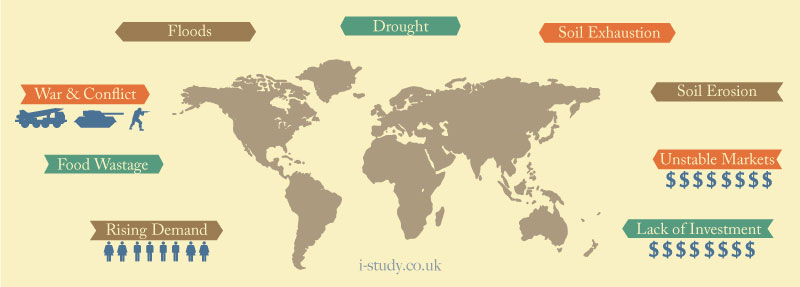Thanet Earth, Kent, UK
Thanet Earth, located in Thanet, Kent is an example of a capital intensive system of commercial farming that provides specific vegetables to major UK supermarkets year round. Watch the videos and use the map below to create a case study.
Taks
- Draw/save a locational map of Thanet Earth (use map 9.1 below to help)
- Watch videos 9.1 and 9.2"
- What does Thanet Earth Produce?
- Describe the natural inputs (relief, climate, soil).
- Describe the human inputs (labour, raw materials, capital, technology)
- Explain how the capital inputs allow such large output from a small area of land.
- Describe the ways in which the system is attempting to be more environmentally sustainable.
Thanet Earth is an example of arable commercial farming.
In the United States large scale intensive commercial pastoral farming takes place. 1000s of cattle are kept in small compounds and fed corn rather than grazing on grass.
In Australia, commercial cattle farming is extensive with the cows grazing over tens of thousands of acres and few capital inputs are required.



